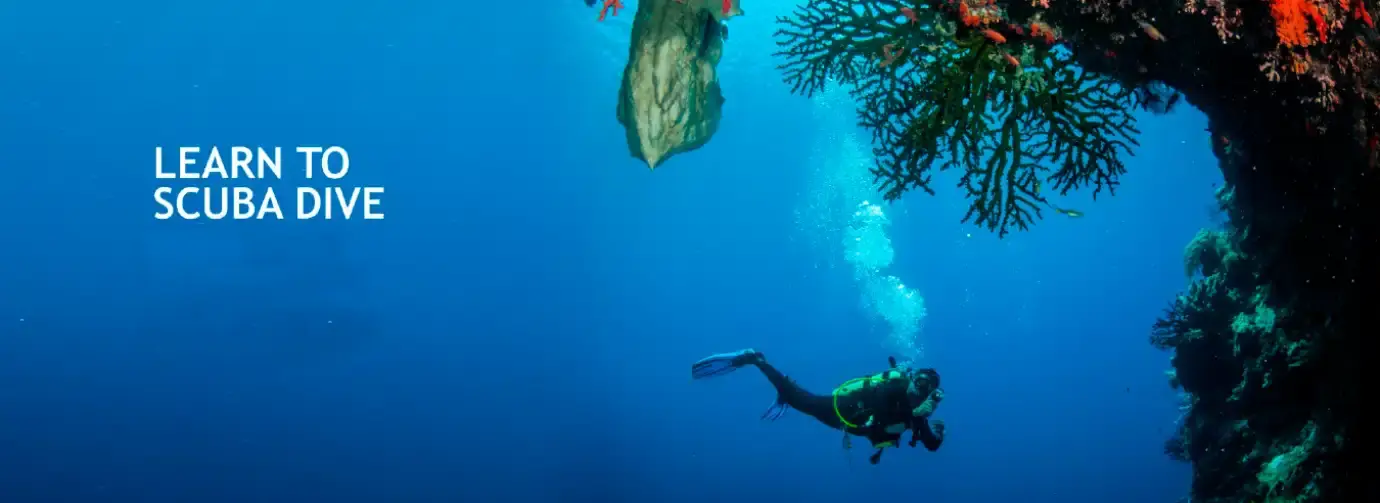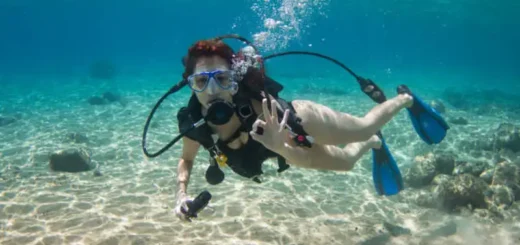Essential Free Diving Gear Maintenance Tips for NZ
In New Zealand’s breathtaking coastal environment, maintaining your free diving gear is crucial for both safety and performance. The unique conditions of the underwater ecosystem, from varying water temperatures to salt exposure, can take a toll on your equipment. By following some essential maintenance tips, you can ensure that your New Zealand freediving gear remains in optimal condition, allowing you to fully enjoy the diverse marine life and stunning underwater landscapes.
Whether you’re a seasoned diver or just starting, understanding how to care for your gear is vital. Regularly rinsing your equipment in fresh water, checking for wear and tear, and properly storing it after use are key practices to extend the life of your New Zealand freediving gear. For more insights into the world of free diving in New Zealand, explore this guide on freediving adventures that highlights the importance of gear maintenance in ensuring safe and enjoyable dives.
Understanding the Unique Coastal Environment of New Zealand
New Zealand’s coastal waters are known for their stunning marine biodiversity, ranging from vibrant reefs to kelp forests. However, this environment can also be quite challenging for freedivers and their equipment. Saltwater, changing temperatures, and exposure to UV rays can all take a toll on your freediving gear. Understanding the specific conditions in New Zealand is crucial for maintaining your equipment.
Freediving gear, particularly wetsuits, masks, and fins, may be exposed to contaminants such as sand, salt, and even marine organisms. The fluctuating temperatures of New Zealand’s waters, especially between the North and South Islands, can also affect the durability of your gear. For instance, diving in the warmer waters of the Bay of Islands is a different experience than diving in the cooler waters around the Fiordland region.
To combat these environmental factors, regular maintenance is essential. This means not only cleaning your gear but also inspecting it regularly for signs of wear and tear. A proactive approach will ensure your freediving gear remains in top condition, allowing you to enjoy the best of New Zealand’s underwater wonders. For more tips on gear maintenance, check out Go Dive.
Cleaning Your Freediving Gear: Best Practices
Cleaning your freediving gear is one of the most important aspects of maintenance. After every dive, it’s crucial to rinse your equipment with fresh water to remove salt, sand, and other residues. This is particularly important in New Zealand, where the coastline can be rocky, and your gear might pick up debris.
Start by rinsing your wetsuit inside and out. You can use a mild soap specifically designed for wetsuits, as regular detergents can damage the neoprene material. After rinsing, hang your wetsuit in a shaded area to dry, avoiding direct sunlight that can degrade the material over time.
For masks and snorkels, rinse them thoroughly to remove any saltwater and sand. It’s a good idea to store your mask in a protective case to prevent scratches and damage. Fins should also be rinsed and inspected for any signs of wear, such as cracks or loose straps. Regular cleaning not only prolongs the life of your gear but also ensures a better diving experience. For additional cleaning products tailored for New Zealand freediving gear, visit Go Dive.
Inspecting for Wear and Tear: What to Look For
Regularly inspecting your freediving gear for signs of wear and tear is crucial for maintaining safety and performance. In New Zealand, the rugged coastal environment can lead to more wear on equipment than in calmer waters.
Start with your wetsuit, looking for any small tears, thinning areas, or damaged seams. Pay extra attention to the knees and elbows, as these areas often bear the brunt of wear. If you find any damage, repair it promptly using neoprene glue or patches designed for wetsuits.
Next, examine your mask for scratches on the lens and ensure the straps are intact. A damaged mask can compromise your vision underwater, making it unsafe to dive. Similarly, check your snorkel for cracks and ensure the purge valve is functioning properly.
Finally, inspect your fins for any signs of damage, such as cracks or loose foot pockets. A damaged fin can affect your propulsion and balance while diving. By regularly inspecting your equipment, you can ensure that it remains safe and effective. For more tips on gear inspections, refer to Go Dive.
Storing Your Freediving Gear Properly
Proper storage of your freediving gear is as crucial as maintenance. In New Zealand’s coastal environment, where humidity and salt can affect your equipment, it’s vital to store your gear correctly when not in use.
Begin by ensuring that your gear is clean and completely dry before storage. Storing wet or dirty equipment can lead to mold and mildew, which can damage your gear beyond repair. Use a dedicated gear bag that offers ventilation to allow any residual moisture to escape.
Avoid storing your wetsuit in direct sunlight, as UV rays can weaken the material over time. Instead, hang it in a cool, dry place, preferably on a wide hanger to maintain its shape. For masks, store them in a protective box to prevent scratches, and keep your snorkel and fins in a dry location, away from direct sunlight.
Moreover, consider using silica gel packets in your storage area to absorb excess moisture. This extra step will help protect your gear from the humid conditions that may be prevalent in coastal areas of New Zealand. For specialized storage solutions, check out Go Dive.
Choosing the Right Maintenance Products
Selecting the right maintenance products is essential for keeping your freediving gear in optimal condition. In New Zealand, where local conditions can be tough on equipment, using specialized products can make a significant difference in longevity and performance.
When it comes to wetsuits, invest in a high-quality wetsuit cleaner designed to remove salt and bacteria without damaging the neoprene. Products like these help maintain the suit’s flexibility and prevent odors.
For masks, consider using anti-fog solutions to improve visibility underwater. These products are especially important when diving in colder waters, where temperature differences can cause fogging.
In addition, look for gear bags that offer UV protection and ventilation, as they can prevent the harmful effects of sunlight and moisture on your equipment. To find suitable products tailored for New Zealand freediving gear, visit Go Dive.
Understanding the Importance of Gear Customization
Customizing your freediving gear can significantly enhance your diving experience and safety. In New Zealand, where the diving conditions can vary greatly from one location to another, having gear tailored to your specific needs can make a world of difference.
For instance, if you frequently dive in colder waters, consider investing in a thicker wetsuit or adding layers for extra insulation. This customization can help you stay warm and comfortable, allowing you to dive for longer periods.
Foot pockets on fins may also require adjustments for a snug fit. If you find your fins are too loose, consider using fin socks or adjusting the straps for a better fit. Additionally, customizing your mask with prescription lenses can enhance your underwater vision, making it easier to navigate New Zealand’s vibrant marine life.
Always remember that customization should not compromise safety. Ensure that any modifications you make do not affect the integrity or performance of the gear. For more information on customizing your gear, check out Go Dive.
Safety Considerations for Gear Maintenance
When maintaining your freediving gear, safety should always be your top priority. In New Zealand’s coastal environment, where conditions can be unpredictable, ensuring that your equipment is in top condition is essential for a safe diving experience.
Before each dive, conduct a thorough check of your gear. Ensure that your wetsuit is free from tears, your mask is scratch-free, and your fins are in good working condition. A small oversight can lead to significant issues underwater, so take the time to inspect everything carefully.
Additionally, consider the importance of having a buddy check your gear before diving. This is especially important in New Zealand, where diving conditions can change rapidly. Having a second pair of eyes can help catch potential issues that you may have missed.
Finally, familiarize yourself with basic repair techniques. Knowing how to patch a small tear in your wetsuit or replace a fin strap can be invaluable in the field. For more safety tips and gear maintenance advice, visit Go Dive.
FAQs
What are the essential maintenance tips for my New Zealand freediving gear?
To maintain your New Zealand freediving gear, rinse your equipment with fresh water after each dive, especially if you’ve been in saltwater. Inspect for signs of wear and tear, dry everything thoroughly before storing, and store it in a cool, dry place away from direct sunlight.
How often should I check my freediving gear for damage?
It’s advisable to check your New Zealand freediving gear before each use. Regular inspections help identify any potential issues like cracks, leaks, or frayed straps that could compromise safety during your dives.
Can I use regular soap to clean my freediving gear?
No, it’s best to avoid regular soap as it can degrade the materials. Instead, use specialized gear cleaners designed for diving equipment. These are formulated to clean without harming the integrity of your New Zealand freediving gear.
What should I do if my wetsuit develops a tear?
If your wetsuit from New Zealand’s freediving gear develops a tear, it’s important to repair it as soon as possible. Use neoprene adhesive for small tears, or consider taking it to a professional for larger damages to ensure it remains watertight.
How can I prevent my mask from fogging up?
To prevent fogging, apply a thin layer of anti-fog solution or saliva to the inside of your mask lens before diving. Make sure to rinse it with fresh water after applying. This will help keep your vision clear while exploring New Zealand’s underwater wonders.
Is it necessary to replace my fins regularly?
While fins can last a long time with proper care, it’s wise to replace them if you notice significant wear, such as cracks or breaks, or if the performance decreases. Regularly check your New Zealand freediving gear to ensure it meets your diving needs.
What is the best way to store my freediving gear when not in use?
Store your New Zealand freediving gear in a cool, dry place away from direct sunlight. Use gear bags that allow for ventilation and avoid folding your wetsuit or other equipment tightly, as this can cause creases and damage over time.
References
- Go Dive New Zealand – A comprehensive resource for divers in New Zealand, offering tips on maintaining diving gear and insights into local coastal conditions.
- PADI Gear Care Tips – PADI provides essential information on maintaining scuba and free diving gear, including specific advice for saltwater environments.
- Scuba Diving Magazine – Gear Care and Maintenance – A detailed guide on how to clean and care for diving equipment, tailored for various environments, including coastal areas.
- Divers Alert Network – Gear Maintenance – An informative source focusing on the health and safety aspects of diving gear maintenance, especially in challenging environments.
- Sport Diver – Gear Care Tips – Offers practical advice for divers on how to maintain and store their gear effectively, ensuring longevity and safety in varying conditions.


